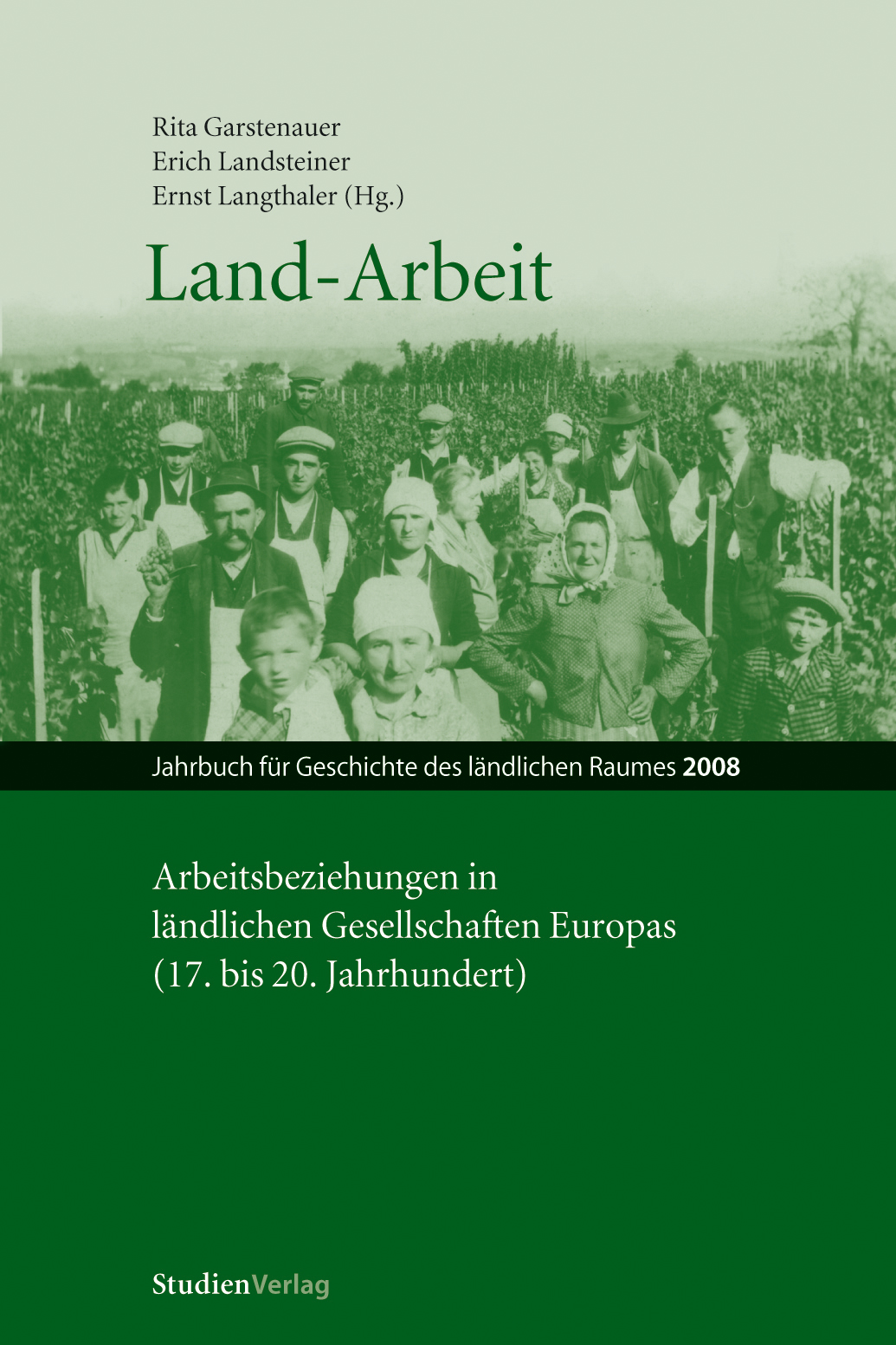Ökologische und sozio-ökonomische Funktionsweisen mediterraner Agrarsysteme
Eine katalanische Fallstudie im Landkreis Vallès (1850–1870)
DOI:
https://doi.org/10.25365/rhy-2008-6Abstract
In order to understand the socio-environmental functioning of the agrosystem in the Catalan Vallès county towards 1860, we have linked the study of land-use pattern with the analysis of energy and material flows. These factors are considered the main driving forces that gave shape to the agrarian landscape, together with the ruling role played by landed property and tenancy, time use and labour allocation, income distribution, consumption patterns and trade. The outstanding process of vineyard specialisation experienced by this agrosystem can only be explained by considering the prevailing land ownership inequalities, market incentives, soil aptitudes and natural limiting factors. The previous existence of a great number of small landholders or labourers, who planted vines either because they were a more profitable crop or because their precarious access to land forced them to do so, played a fundamental role. However, vineyard specialisation remained only partial because the well-off landed proprietors maintained the traditional Mediterranean poly-cultivation, livestock breeding and forest management on their farms. The territorial outcome of these divergent but complementary options was a diverse agrarian landscape with good ecological functioning. Thanks to this sound integration of annual and wooden crops with livestock breeding and forestry, the agrosystem maintained a high energy return on energy inputs invested. This energy efficiency was a result of the territorial efficiency, kept by the contractual agreements reached between the landed rulers and a new landless class of immigrants or disinherited people who became winegrowers. We have also estimated the time needed to keep that agrosystem running and how the total available time was allocated, showing that the complementarities between different peasant household units were a key factor to understand how agricultural labour demand and supply could meet through tenancy agreements and the labour market. Finally, more than half of the available labour time was already allotted to cottage industry activities, because demographic growth had led to a situation where an important part of the rural population could not live off the land exclusively, and had to seek additional income from several types of manufactures and services.


